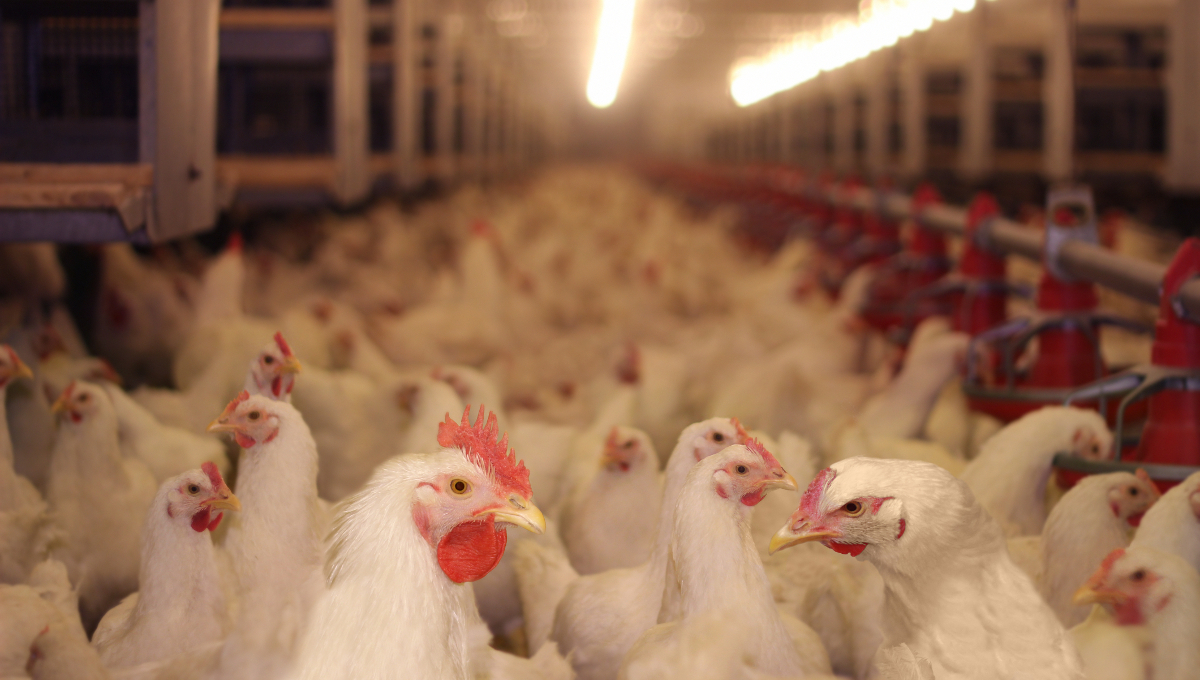
PITTSBURGH, PA — In an IAFP 2022 session on Aug. 1 titled “Salmonella in Poultry: Issues and Solutions” speakers talked about how the contamination of poultry with Salmonella continues to be one of the most pressing issues in food safety.
Salmonella serotype Enteritidis and Typhimurium are responsible for multiple cases linked to poultry and in recent years Salmonella Infantis has become a re-occurring, emerging and persistent serotype.
Multiple efforts are currently being taken by industry, government and academia to better understand Salmonella’s presence in the pre and post-harvest environment in order to develop effective interventions.
USDA-FSIS Update: Reducing Salmonella in Poultry
In part one of the three-part session, Janell Kause, U.S. Department of Agriculture’s (USDA), Food Safety and Inspection Service (FSIS), provided an overview of the federal government’s efforts to better understand and control Salmonella contamination on poultry to improve public health.
Kause said that because Salmonella infections have remained relatively steady, “We’re ready to try a new approach.” The FSIS is actively seeking guidance and input. The National Advisory Committee on Microbiological Criteria for Foods (NACMCF) is advising FSIS to build on the latest science to improve its approach to Salmonella control in poultry products.
When Kause was asked what actions FSIS are taking to reach out to consumers directly and inform them on safe handling practices, she said, “We have a farm-to-table strategy. We have a whole office devoted to that.”
She encouraged attendees to check out FSIS’s webpage on Salmonella.
Utilizing Serotype and Quantification Data to Address Salmonella in Poultry
Part two featured Shanice Krombeen of Pilgrim’s Pride Corp. Krombeen discussed novel diagnostic approaches that can provide more robust testing data for Salmonella in poultry and how they can be useful for enhanced monitoring control strategies.
When asked if the reduction of common strains makes the harboring of potential for other kinds of more dangerous strains, Krombeen said, “It’s certainly possible, we can definitely do more digging in that.” She added that it is important to do more data mining into it.
Krombeen was asked if Pilgrim’s Pride Corp. is targeting Salmonella Infantis specifically. “We are not at a point yet where we are targeting that one,” she said. “We are still in the gathering information stage.”
Salmonella Enteritidis and Breeder Supply Chain
In the last part of the session, Xiangyu Deng of the University of Georgia’s Center for Food Safety discussed his study, titled “Salmonella Enteritidis and Breeder Supply Chain.” The study hypothesized that the international trade of infected breeding stocks causes the global spread of the pathogen.
The study discovered recent, genetically near-identical Salmonella isolates from domestically raised poultry in North and South America. They also identified patterns of international trade of breeding stocks and quantitatively established a driving role of the trade in the geographic dispersal of Salmonella Enteritidis, suggesting that the centralized origins were infected breeding stocks.
They also identified patterns of international trade of breed stocks and discovered that it was the driving course behind the dispersal so Salmonella enteritidis. Overall, the study suggested that the origin of S. Enteritidis was from infected breeding stock.
The full study can be found here.
(To sign up for a free subscription to Food Safety News, click here)
